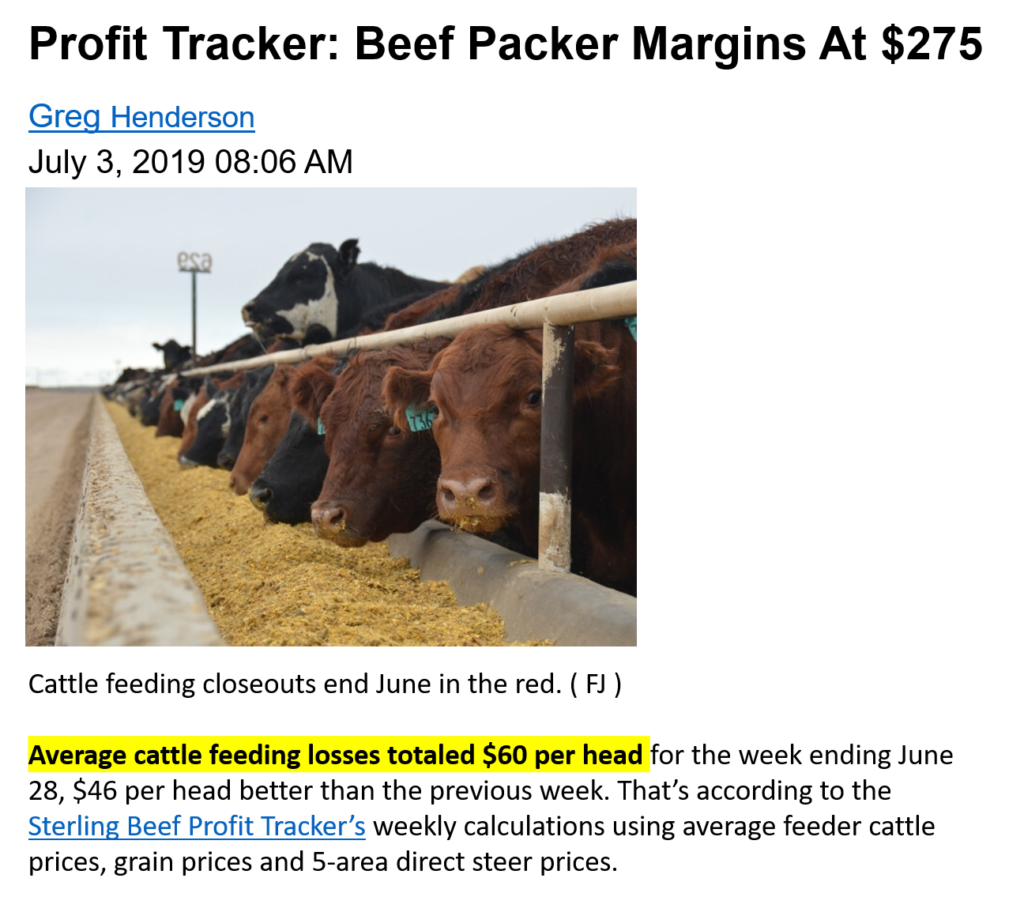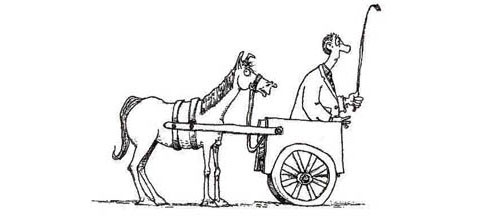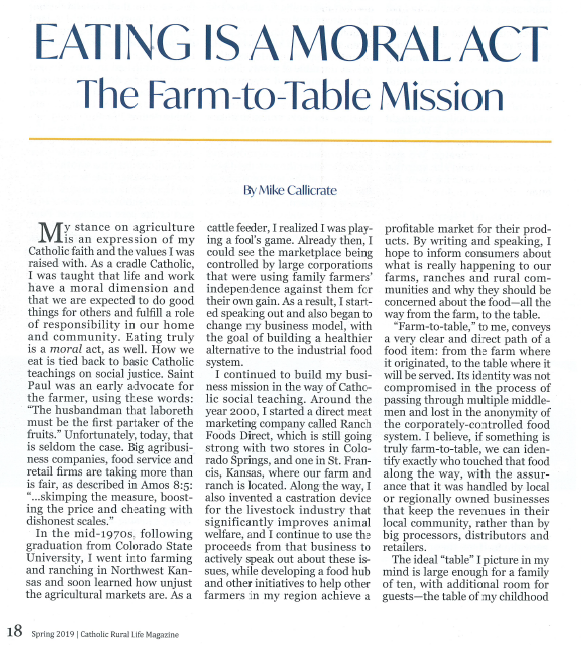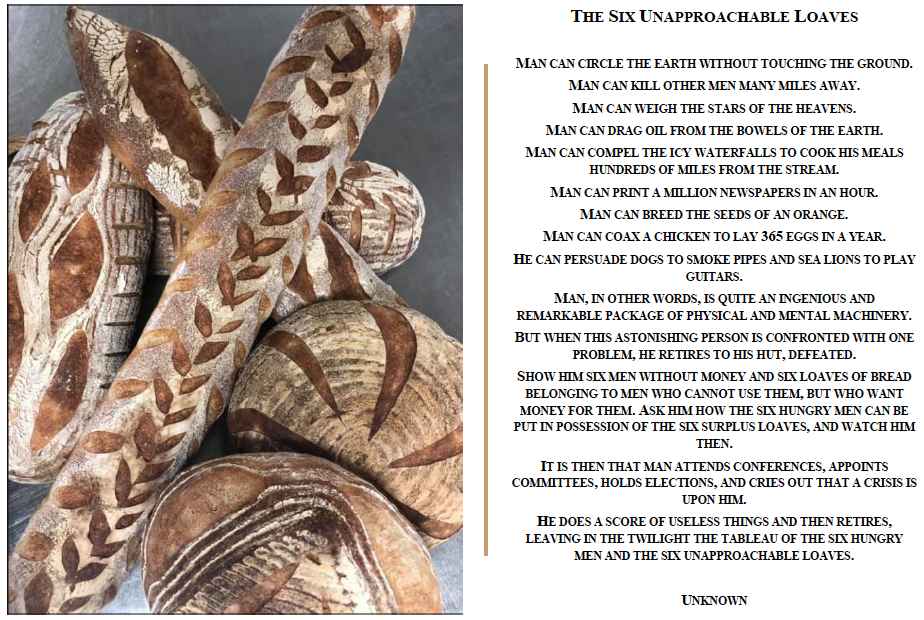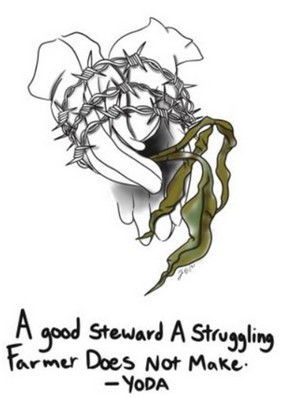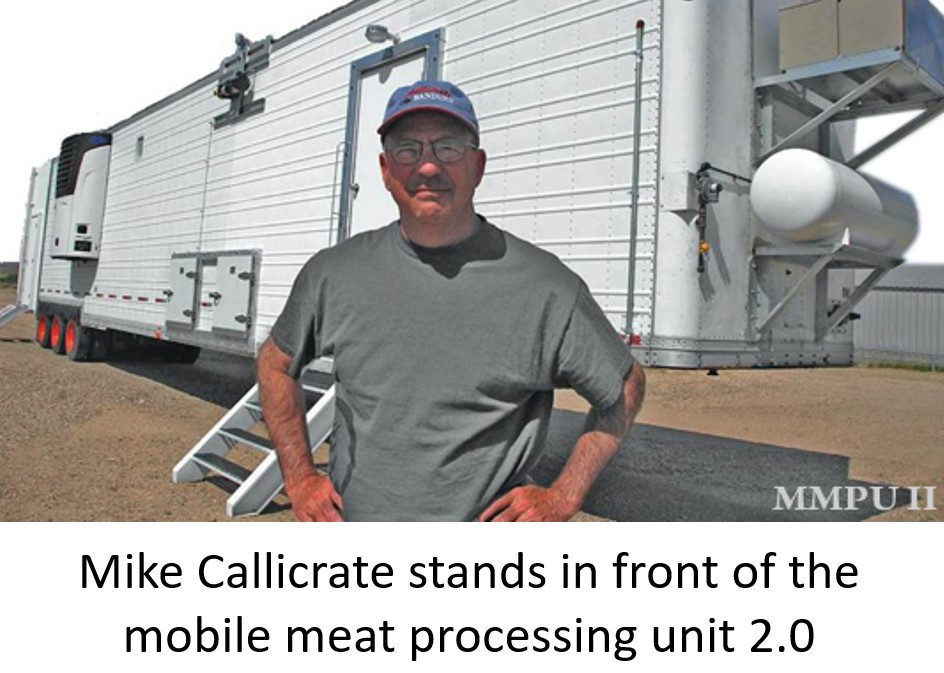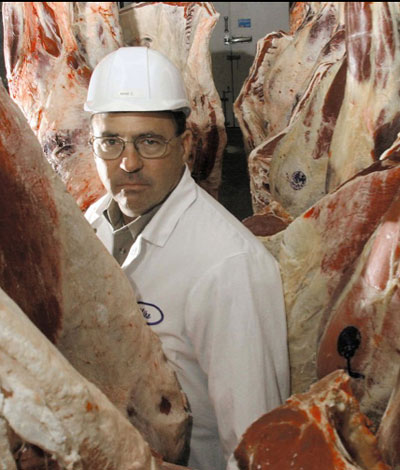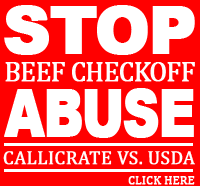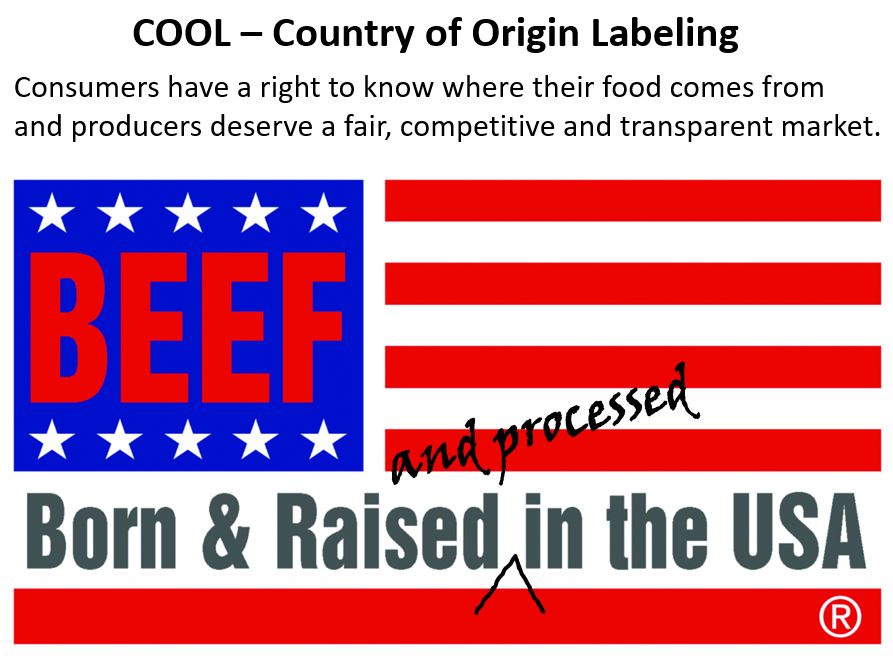
The NCBA is currently making a media and lobbying push to have the United States Mexico Canada Agreement (USMCA) – better known as NAFTA-II – ratified by Congress. In their press info NCBA states: “USMCA maintains science-based trade standards while rejecting failed policies of the past, like mandatory country-of-origin labeling.” This statement reveals two of NCBA’s fixations because along with COOL, the NCBA is obsessed with exports while denying any negative effects of beef and cattle imports.
In the NCBA world view only through more exports can cattle producers prosper. They manipulate trade statistics to make it look as though we export more beef than we import by conveniently not accounting for the nearly two million head of live cattle imported from Canada and Mexico. The NCBA then claims that exports increase beef’s value by $313.39 per head. I don’t know how they made up that number, because I am certainly not making $313.39 per head on cattle sales. It is clear that imported cattle are strategically used by the beef packing cartel to manipulate the market, yet NCBA totally ignores the fact that the market for cattle is neither transparent nor competitive.
Many of us had high hopes that re-negotiating NAFTA would result in a better trade agreement, but that does not seem to be the case. Corporations still have every incentive to outsource their manufacturing. They can still hide their profits in off-shore tax havens. Food safety standards are still not equivalent. The workers still have no rights. Environmental pollution is still happening. The World Trade Organization (WTO) can still overrule domestic laws, and COOL is still not allowed. The upshot from the point of view of cattle producers, is that beef and cattle imports still undermine our domestic market.
As for our Canadian neighbors, why do they remain dead set against US consumers knowing that they are eating Canadian beef? I understand that they think that they are protecting their interests, but COOL is the least of their problems. Their real issue, which unfortunately affects us too, is that Canadian cattle funnel into a captive supply system that results in lower prices for both them and us. If our Canadian colleagues would wake up, they would realize to what degree that they are being used. What they should do is petition their government to insist that the US enforces the Packers and Stockyards Act. Real market competition would cure a lot of problems on both sides of the border.
I recently had a conversation with Congressman Greg Gianforte and asked him if he would support a bill to restore COOL. He said no, because the cattle industry is not in agreement over this issue. I guess in his estimation, ninety percent of consumers and a majority of cattle producers can be ignored because a handful of NCBA lobbyists say so. Mr. Gianforte is running to be our next governor. If he comes to your town, a good question would be to ask him if he supports COOL. If enough people ask, maybe he will have a change of heart.
Senator Tester is totally in favor of COOL. In fact, his support for COOL was key both when it was first passed in the Montana legislature in 2005 and later in Congress in 2008. If you see him tell him thanks. As for Senator Daines, I don’t know his position. He is running to defend his seat, so it would be a good time to get him on record.
This is a good question to ask all of the men and women running for various national or state offices. The same advice for those of you who might be reading this in another state. Ask your candidates if it makes sense that all imported manufactured items and foods carry a mandatory country of origin label except for pork and beef. And if that doesn’t make sense to them, remind them that NAFTA-II is not an improvement and COOL must be restored.
Gilles Stockton
Stockton Ranch
Grass Range, Montana
406 428-2183
gillesstockton@gmail.com

